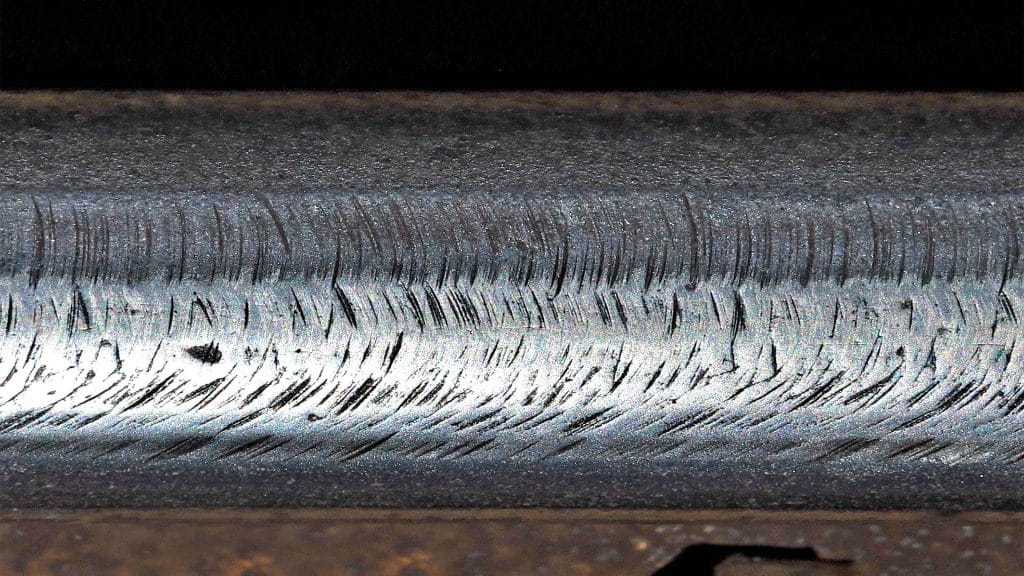Chemical resistance refers to a material’s ability to maintain its structural and functional integrity when exposed to corrosive chemicals, solvents, or aggressive environments. This resistance is determined by a combination of material composition, structural properties, and surface engineering:
- Material Composition: The inherent makeup of a material — such as alloying elements in stainless steel or resin types in polymers — defines how it responds to specific acids, bases, or solvents.
- Surface Coatings: Protective layers like Armoloy Thin Dense Chrome (TDC), ceramic coatings, or epoxies form physical and chemical barriers that block corrosive agents from reaching the base metal.
- Cross-Linking in Polymers: Thermoset plastics and elastomers with high cross-link density resist molecular breakdown by creating stable, tightly bonded structures.
- Barrier Properties: Some materials act as diffusion barriers, slowing or preventing chemical penetration. Thin dense chrome, for example, offers low porosity and high chemical inertness, ideal for corrosive industrial or food-grade environments.
Chemical resistance is a key property in applications such as chemical processing, medical devices, semiconductors, and marine equipment, where long-term exposure to reactive substances must not compromise performance.









